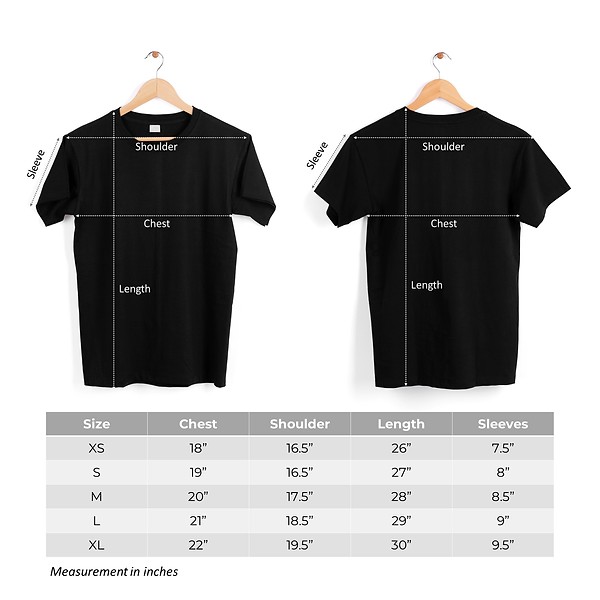Best Beginner Running Techniques for 2021
Running is the best form of exercise that can improve your health. It helps you to lose weight, boost your mental health, and improve your mood. The best thing is running is accessible to everyone. All you need is a suitable pair of shoes and motivation. Here are the best beginner running techniques for 2021.
-
How to Start Running
A slow start is important for beginners to reduce the risk of injury. John Henwood says, “Beginners should start with a walk and then start running.” Henwood also recommends that beginners run three days a week and then slowly improve their performance. To stay accountable, consider running with a friend, joining a running group, or using a fitness tracker to stay motivated and engaged.
-
Proper Running Form
Proper running form is crucial for improving your running ability and reducing the risk of injury. Key tips for proper running form include:
- Hands should be gently curved.
- Keep your footfalls flat.
- Torso should be upright.
- Elbows should be at a 90-degree angle.
-
Choose the Right Running Gear
The right running gear is important to keep a runner injury-free and comfortable. This includes:
- Shoes: Consider factors like arch height, cushioning, and shoe weight. People with flat arches might prefer low heel shoes for support.
- Clothes: Choose running clothes according to weather conditions. For hot weather, opt for moisture-wicking fabrics. In cold weather, layering is key. For night running, choose reflective clothing. During rain, wear water-resistant gear.
- Sports Bras: A supportive sports bra is essential for comfort and to keep breasts in place.
-
Warm-up Your Muscles Before Running
A pre-run warm-up is essential to improve mobility and prepare muscles for effective movement. Important warm-up exercises include:
- Butt kicks
- Straight leg kicks
- Lateral lunges
-
Never Run Every Day
As a beginner, it’s important to avoid running daily. Take one to two rest days per week to allow your body to recover. Signs that you need rest include:
- Muscles feeling weaker
- Constant tiredness
- Muscle soreness lasting over 72 hours
- Swelling in muscles or joints
-
What to Eat Before Running
Exercise requires energy, which comes from food. To perform your best during a run, eat simple carbs a few hours beforehand. Avoid fatty foods as they digest slowly and can cause cramps, gas, and bloating. Good pre-run snacks include:
- Fruits
- A smoothie
- Toast with jam
-
What to Eat After Running
After a run, it’s important to replenish your energy with carbohydrates and support muscle recovery with protein. Good post-run snacks include:
- Fruit and a boiled egg
- Brown rice with chicken
Also, drink plenty of water after running to prevent dehydration, which can cause dizziness, headaches, and muscle cramps.
-
How to Prevent Dehydration
If you’re sweating during a run, drink water every 15 minutes. After running, continue hydrating to prevent dehydration. Electrolytes are crucial for maintaining fluid balance in the body. Electrolyte-rich drinks include:
- Coconut water
- Fruit juice
- Sports drinks with minimal added sugar

Conclusion
Running is accessible to almost everyone and offers numerous health benefits. For running or jogging, it’s important to focus on proper running form, attire, and pre- and post-run routines to minimize the risk of injury. As a beginner, start slowly and gradually build your endurance. Running can help you achieve a sense of accomplishment and improve your heart health. The techniques mentioned above are essential for any beginner runner.
Check Out Japan Virtual Run


